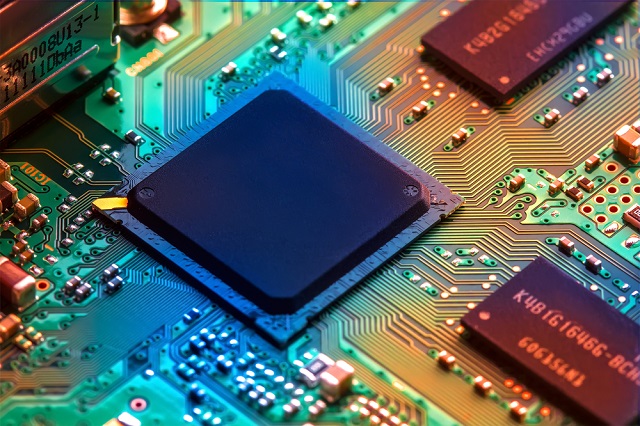Semiconductor technology is the reason advanced electronics can exist. Devices such as smartphones, laptops and televisions have become so globally omnipresent that engineers are referring to our epoch as the 'semiconductor age'.

Raimundas | Shutterstock
A new method of semiconductor characterization that is more accurate, efficient and simpler than existing methods has been developed by a team led by Professor Grayson of Northwestern University.
You have all these great applications like computer chips, lasers, and camera imagers. There are so many applications for semiconductor materials, so it's important that we can characterize these materials carefully and accurately. Non-uniform semiconductors lead to computer chips that fail, lasers that burn out, and imagers with dark spots.
Prof. Grayson - NWU
The novel method involves taking measurements of the semi conductor whilst applying a magnetic field. The field is then flipped and the same measurements are taken. This allows researchers to determine how uniform the electrical conductivity is across the entire semiconductor.
For high-performance semi-conductors to work effectively it is important that they have a high uniformity of electronic conduction.
Up until now, everyone would take separate pieces of the material, measure each piece, and compare differences to quantify non-uniformity.That means you need more time to make several different measurements and extra material dedicated for diagnostics. We have figured out how to measure a single piece of material in a magnetic field while flipping the polarity to deduce the average variation in the density of electrons across the sample.
Prof. Grayson - NWU
The method works as the measurements taken at the edge of the sample can be used to determine any variations in conductivity throughout the samples body.
One of the main reasons that semiconductors are universally used in electronic devices is because they have tunable properties. The addition of impurities such as gallium or arsenic to the semiconductor, a process known as doping, can be used to adjust the semiconductors properties.
For doping to be effective the impurities must be equally distributed throughout the semiconductor as this ensures that every part of the semiconductor performs the same way. Greyson's technique allows manufacturers to directly observe any non-uniformities that may be present.
When people see non-uniform behavior, sometimes they just throw out the material to find a better piece. With our information, you can find a piece of the material that's more uniform and can still be used. Or you can use the information to figure out how to balance out the next sample.
Prof. Grayson - NWU
Greyson's novel method can be used on a wide range of samples, from large 12-inch wafers to tiny 10 μm flakes. The method is particularly useful for the examination of 2D electronic materials such as graphene, which are small small that it is impossible for researchers to take multiple measurements at different locations on their surface.